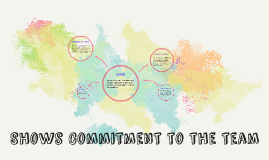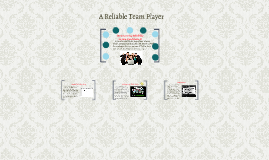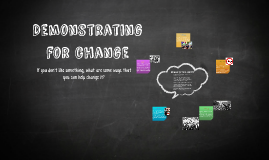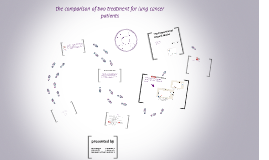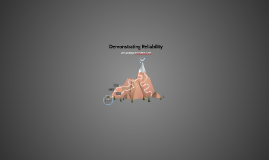Product Reliability @ HARMAN
Transcript: Product Reliability @ HARMAN Advancements in Reliability Engineering Then vs. Now Successful Program Elements Who We Were Key elements of a successful reliability program include strong leadership, clear objectives, cross-functional collaboration, and continuous improvement processes. These elements ensure sustained product reliability and competitive advantage. Reliability engineering has evolved from esoteric statistical analysis to practical predictive analytics. This shift enhances decision-making and improves product outcomes, aligning with modern manufacturing demands. Transformation from Project to Product Traditionally, HARMAN operated with a project-centric model, prioritizing immediate deliverables and short-term objectives. This limited our ability to fully address long-term product reliability, as projects often lacked cohesive oversight during their life cycles. HARMAN’s transformation entails shifting from isolated projects to a cohesive product development strategy. This includes establishing dedicated teams to promote accountability and aligning reliability objectives with overall product goals. Methods in Process at HARMAN Design for Reliability Framework Who We Are Now HARMAN implements various methods for reliability, including reliability predictions, failure mode and effects analysis (FMEA), and continuous monitoring of product performance. These practices help maintain high standards of reliability. The Design for Reliability (DfR) framework integrates reliability considerations from the initial design stage. It emphasizes understanding potential failure modes and designing to mitigate them, ensuring robust product performance. Currently, HARMAN embodies a product-centric culture focused on comprehensive reliability throughout the product lifecycle. This shift emphasizes continuous improvement, stakeholder engagement, and aligning product offerings with customer expectations. OEM Spec vs. HARMAN Definition HARMAN distinguishes its reliability standards from OEM specifications by prioritizing a holistic view on product usability and sustainability. This enables HARMAN to develop products that not only meet but exceed customer expectations in performance and endurance. Future Vision Innovative Concepts Under Development HARMAN is exploring advanced concepts in reliability, such as machine learning for predictive maintenance and real-time analytics to enhance product reliability. These innovations aim to stay ahead of industry challenges and customer expectations. HARMAN envisions a future where product reliability is seamlessly integrated into every phase of development. The goal is to leverage advanced analytics and customer feedback to continuously elevate product performance and reliability metrics. Product Reliability @ HARMAN A Journey Through Transformation, Understanding, and Innovation Understanding Reliability Reliability Modeling and Failures Reliability vs. Quality Definition of Reliability While reliability focuses on consistent performance over time, quality encompasses broader aspects including durability, aesthetics, and functionality. Both are essential but serve different purposes in product assessment. Reliability refers to the ability of a product or system to perform its intended function under specified conditions for a designated period. It is a crucial aspect that influences customer satisfaction and product success. Importance of Reliability Historical Context of Reliability Engineering Reliability impacts product lifecycle costs and customer satisfaction. A reliable product increases user trust and brand loyalty, thereby influencing long-term profitability for organizations. Reliability engineering has evolved over decades, originating during World War II to address equipment failures in military applications. It has since become integral across various industries to enhance product longevity and performance. Design Validation vs. Process Validation Stage of Correction vs. Cost of Correction The stage of correction refers to when errors are identified in product development. Correcting issues in early stages is significantly less costly compared to fixes made during production or post-launch. Design validation ensures that a product meets its performance specifications, while process validation assesses manufacturing processes for consistency and reliability. Both are crucial for minimizing defects. Types of Failures Reliability Prediction (Component Level) Hardware vs. Software Validation Identifying different types of failures, such as overstress, variation, and wearout, is crucial for developing robust reliability strategies. Recognizing the specific causes allows teams to address weaknesses effectively and enhance product longevity and performance. Reliability prediction at the component level involves forecasting the performance and lifespan of products based on statistical methods, historical data, and component stress factors. This rigorous approach helps






